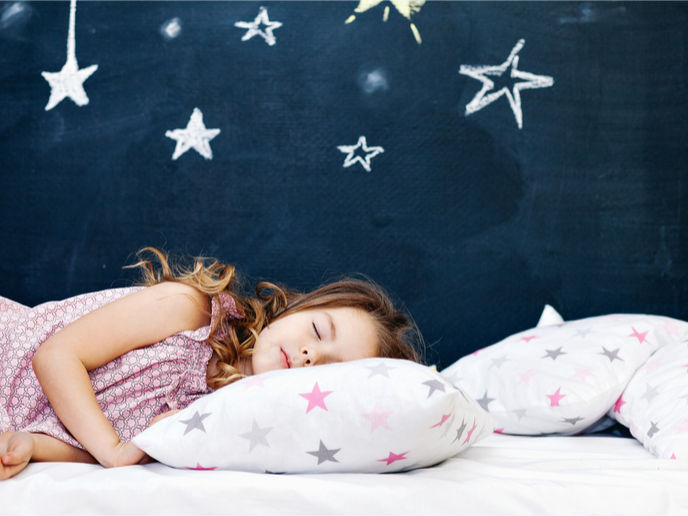Night-time seizure detector improves quality of life for epileptic patients and carers
Around 50 million people around the world have epilepsy, 6 million living in Europe. Globally, an estimated 2.4 million are diagnosed each year. Epilepsy is characterised by recurrent seizures that carry the risk of injury, heart attack, brain damage and even death. Around 20 % of epileptic patients have seizures during the night. Caregivers, usually patients’ relatives, reduce the risk of harm by staying alert all night and trying to mitigate the seizures, by holding the patients, putting them in a certain position or giving them medication. “Many parents sleep with their epileptic child during the night to assist them when a seizure happens,” says Diego Polo, SEIZSAFE (Patient-self-adaptive system for detection, recording and alert to caregivers of night-time seizures, linked to private cloud platform for patient tracking and big data exploitation) Project Manager at Encore Lab. “This is because the only way to be alerted is by being in a light sleep able to feel the child’s movements. The consequences for caregivers are insomnia, sleep disorders and a potential lack of intimacy, the last consequence also experienced by the patient as they grow older,” he says. Night’s Watch The SEIZSAFE project sought to improve the quality of life of both patients and carers, by developing and marketing an effective and unobtrusive device to monitor patients and alert caregivers during night-time seizures when necessary. A detection system and motion sensors monitor all patient movement in real-time. An integrated algorithm automatically picks up seizures. Caregivers are alerted through a connected app, and a camera immediately starts filming the seizure activity. Caregivers can rest peacefully knowing that they will be alerted by the system should a seizure take place. This leads to higher levels of care and increased patient safety, while improving the quality of life of the carer. What’s more, both patient and carer can have more privacy and personal space, as they are now able to sleep in separate rooms. The system also provides doctors with a high-quality monitoring tool for diagnosis and treatment programmes, which can be tailored to each individual patient. Encrypted data is uploaded to a cloud, giving a complete historical record of seizure activity. Patients can decide if they want their anonymised information to be shared with the medical community to be used in future research. “In the long term, it’s possible to collect valuable data about the effectiveness of treatments and medication,” says Polo. “We are not doctors and cannot help to cure epilepsy, but at least we are helping the families of patients to live better and also help towards finding a cure through contributing data.” Expanding the market Some technical issues arose during the project but solutions were found by the team. “One big issue was a lack of data to test the algorithm and perform functioning tests. To resolve this, Encore contacted many patient associations looking for volunteers to help us to develop the device.” The device has already been tested in homes and hospitals and has a high detection accuracy. SeizSafe is expected to be launched in July 2019, and the team plans to expand its use into the European market. There are 1.2 million epilepsy patients suffering night-time seizures in Europe, and Encore foresees the uptake of 6.5 % of the market in five years: around 80 000 users, by the end of 2022.







